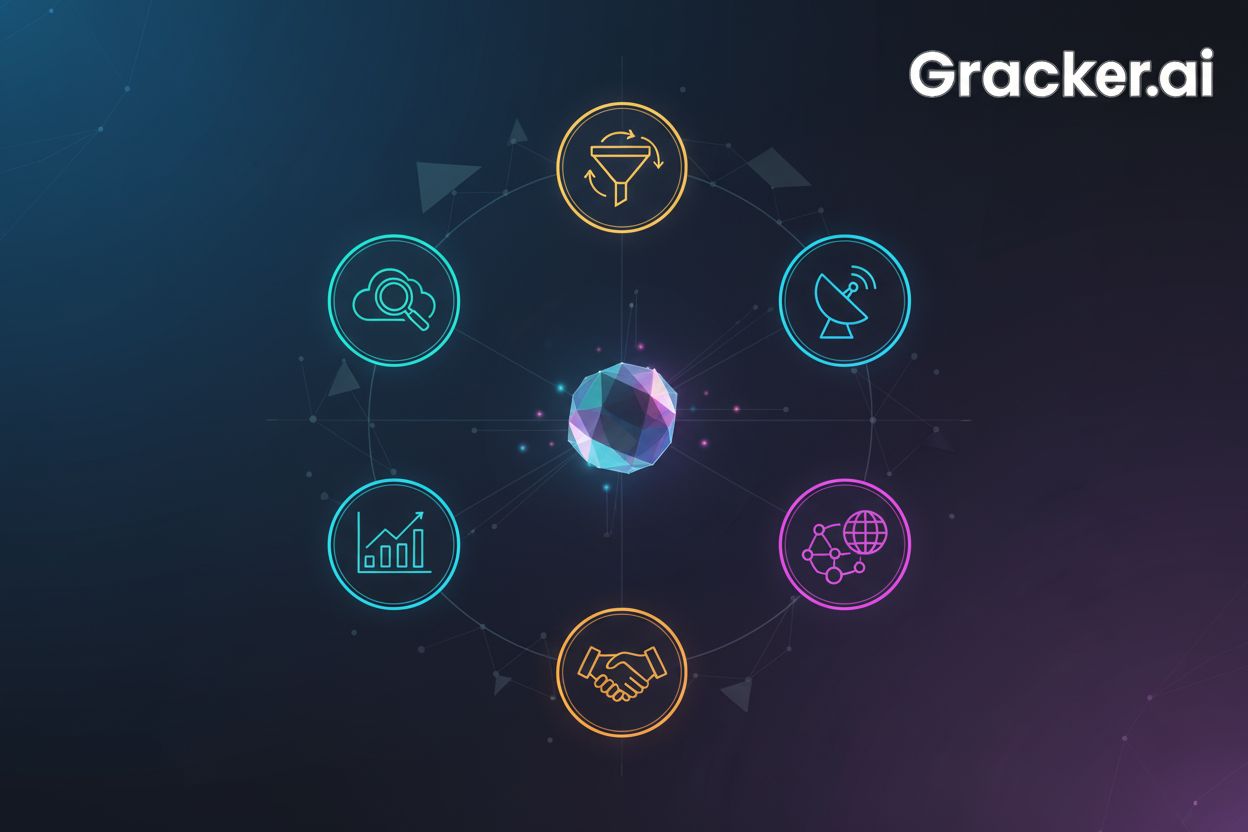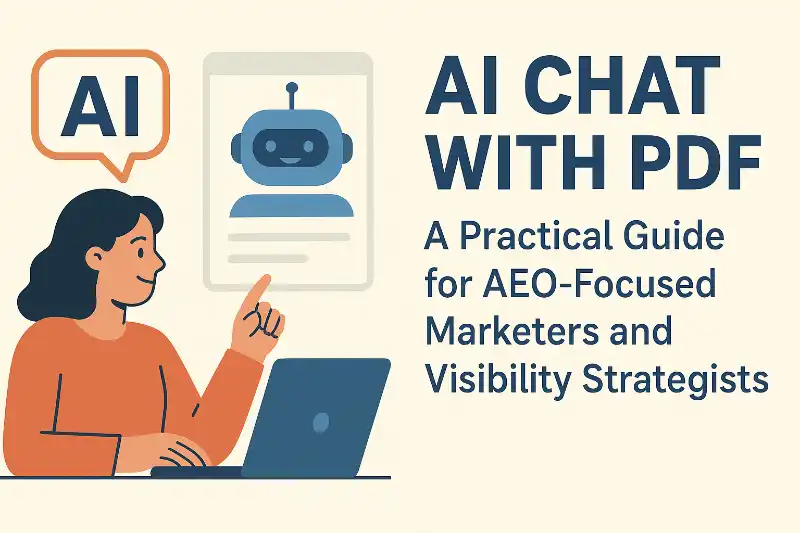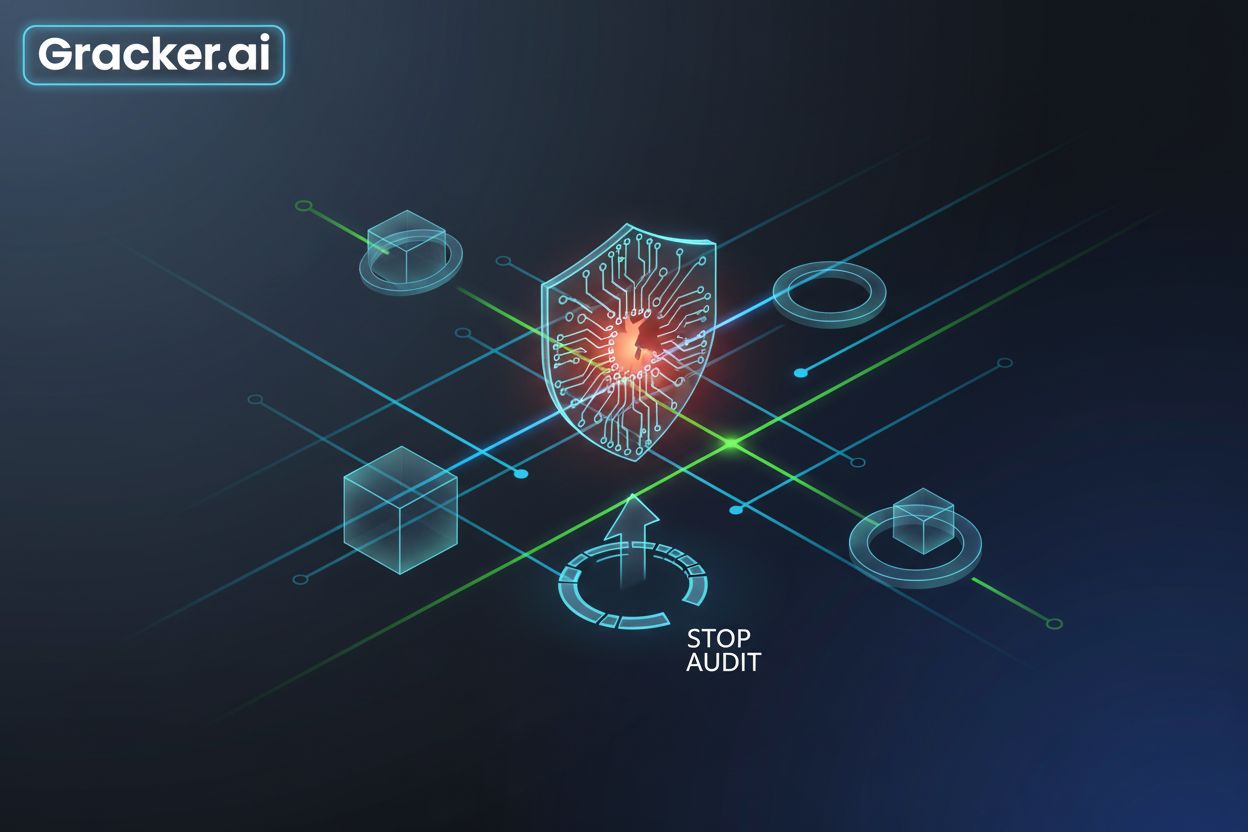Behavioral Economics in B2B SaaS Trials
TL;DR
Understanding Behavioral Economics: Why It Matters for SaaS
Ever wonder why some free trials feel so good you just have to buy? It's not always about the product itself! It's often about how our brains are wired. That's where behavioral economics comes in – and it's a game-changer for saas.
Traditional economics kinda assumes we're all super logical, making decisions based on cold, hard facts. But, like, who actually does that? People are emotional creatures, influenced by all sorts of biases and mental shortcuts.
- Traditional economics assumes perfect rationality, which is rarely true. (Are economic choices rational? - Harvard Gazette) i mean, think about the last impulse buy you made. Was that rational?
- People make decisions based on emotions, biases, and cognitive shortcuts. (Understanding the Psychology of Decision-Making) These shortcuts, also known as heuristics, help us make quick decisions, but can also lead to errors. (Heuristics: How Mental Shortcuts Help Us Make Decisions ...)
- Understanding these irrationalities is key to effective marketing. If you know how people think (or, uh, don't think), you can design better experiences.
Behavioral economics is all about understanding these quirks. Here's a few big ones that are particularly impactful in the B2B SaaS world:
- Loss Aversion: People hate losing something more than they like gaining something of equal value. This is crucial in B2B SaaS because companies are often risk-averse and fear the negative consequences of switching or not adopting a solution.
- The Endowment Effect: Once we own something, we value it more. In B2B SaaS, this means making users feel a sense of ownership over the trial version of your product increases their perceived value and reluctance to give it up.
- Social Proof: We're social creatures. We look to others for cues on how to behave. For businesses, seeing that competitors or similar companies are successfully using a SaaS product builds trust and reduces perceived risk.
- Scarcity: Limited-time offers? Exclusive deals? Scarcity ramps up desirability. In B2B, this can push decision-makers to act faster to avoid missing out on perceived advantages or cost savings.
- Framing: How you present information matters. is it a "90% success rate" or a "10% failure rate"? This influences our decision-making by highlighting potential gains or losses. Focusing on gains often feels more positive, while focusing on losses can create a stronger sense of urgency to avoid negative outcomes.
These principles are extra important in the b2b SaaS world. B2B decisions often involves multiple people and many stakeholders, which can be complex. Perceived risk is high, especially when you're asking a company to switch softwares. Building trust and demonstrating value are crucial for adoption. SaaS trials provides a unique opportunity to leverage these principles and convert users.
Now, let's jump into how these principles translate into actual trial strategies. In the following sections, we'll explore how to leverage Loss Aversion, the Endowment Effect, Social Proof, and Scarcity/Urgency in your SaaS trials.
Leveraging Loss Aversion in Your SaaS Trial
Did you know people are, like, twice as motivated to avoid a loss than to achieve a gain? Crazy, right? Let's dive into how you can use this "loss aversion" thing in your saas trial to seriously boost conversions.
Okay, so instead of banging on about all the amazing stuff users will gain with your product, try flipping the script. Focus on what they're potentially losing by not using it. This strategy involves highlighting the negative outcomes of not using the product, rather than employing a direct psychological tactic.
- Instead of saying "Save time with our automation features," try "Stop losing valuable time on manual processes." See the difference? One's positive, one's like, "Hey, you're already losing!"
- Use language that highlights the negative stuff that happens if they stick with the status quo. Are they missing deadlines? Losing customers? Frame your product as the solution to prevent those losses.
- For example, a healthcare software company could emphasize the potential losses from not using their software, such as increased errors in patient records or fines from compliance failures.
Show, don't just tell. Quantify the potential losses. I mean, numbers are your friend here. the more concrete you can make the potential downside, the better.
- Show users potential revenue they're missing out on. this is big in e-commerce, where you can highlight lost sales due to slow website speed or poor customer service that your product fixes.
- Quantify the cost of inefficiencies. "Businesses like yours are losing $X per month due to outdated systems." Slap that on a landing page, and boom!
- Use case studies that illustrate the negative impact on other businesses that didn't adopt similar solutions. this is powerful 'cause it's not just you saying it, it's real-world proof.
Think about this: give someone a taste of something, then threaten to take it away. That's loss aversion in action.
- Grant users a trial extension, then frame the end of the extension as a loss. "Your extended trial is ending soon! Don't lose access to these powerful features."
- This creates a sense of ownership. Once they've used those features for a little longer, the thought of losing them is way more painful than if they'd never had them at all.
- A retail analytics platform might offer an extended trial during a peak sales season, then remind users that they'll lose access to real-time sales data if they don't subscribe. Losing access to this data during a peak season means missing out on crucial, immediate insights needed for timely decision-making and potential revenue optimization.
So, by framing the trial as avoiding a loss, highlighting potential losses due to inaction, and using trial extensions strategically, you can tap into loss aversion and seriously improve your conversion rates. By strategically framing your trial to highlight potential losses, you can significantly boost conversions. Now, let's explore another powerful principle: the endowment effect.
The Endowment Effect: Making Users Feel Ownership
Ever bought something and immediately felt like it was yours, even if you could return it? That's the endowment effect in action, and it's super powerful for saas trials. Basically, once someone feels like they "own" something—even temporarily—they value it more. So how do we make trial users feel that ownership?
Let users get their hands dirty right away. The more they tweak and tailor the product to fit their needs, the stronger that sense of ownership becomes.
- Allow users to customize their trial experience from the start. Let them choose their dashboard layout, set up integrations with other tools, or upload their own branding.
- The more they invest in setting up the product, the more they'll value it. It's like building a virtual home – the more effort you put in, the harder it is to leave.
- Personalization creates a sense of ownership and control. A crm that lets users customize fields and workflows, for instance, becomes their crm, not just some generic software.
Who wants to start from scratch? Nobody, that's who! Make it easy for users to see the value immediately by pre-populating their trial with relevant stuff.
- Pre-populate the trial with sample data relevant to their industry. a marketing automation platform could include sample email templates or campaign workflows tailored to different sectors.
- Configure default settings that align with their likely use case. If you know most users will be using your product for lead generation, set up the default dashboard to highlight lead metrics.
- This reduces friction and makes the product feel immediately valuable. It's like moving into a furnished apartment – way easier than starting with an empty box.
Give your trial users a taste of the good life by offering features they can't get anywhere else.
- Offer exclusive features during the trial period. Think advanced analytics, priority support, or access to beta features.
- These features create a sense of privilege and make users feel like they're getting something special. It's like a VIP pass to a concert.
- Consider limiting access to these features after the trial ends to further reinforce the endowment effect. The thought of losing those perks can be a powerful motivator to subscribe.
So, by focusing on personalization, pre-population, and exclusive features, you can tap into the endowment effect and make your trial users feel like they already own your product. With social proof establishing credibility, it's time to encourage immediate action. Let's dive into Social Proof.
Social Proof: Building Trust and Credibility
Ever notice how you're more likely to try a restaurant if it's packed? That's social proof in action, and it's powerful stuff for saas trials. Basically, people look to others to figure out what's good. So, how do you show potential users that your product is worth their time?
First, you gotta showcase those positive vibes! Don't just tell people your product rocks; show them.
- Slap customer testimonials right on your trial landing page. Make 'em real, with names and, like, actual headshots. Generic quotes? no one trusts them.
- Case studies are gold, too. Highlight how your product helped similar businesses solve real problems. A retail company boosting sales 20% using your analytics tool? That's a story worth telling.
- Focus on testimonials that squash common worries. If people are nervous about integration, feature testimonials about how easy it is integrate with other systems.
People trust in numbers, so flaunt yours!
- Share your user count: "Trusted by 5,000+ businesses". It's simple, but effective.
- Highlight positive ratings and reviews. "4.7 stars based on 200+ reviews" builds instant credibility.
- Show off key performance indicators (kpis). "Customers see a 30% increase in efficiency". just make sure they're legit, okay?
Show them that other people are talking about you!
- Encourage trial users to share their experience on social media. Run a contest, or just ask nicely.
- Create a community forum where users can swap tips and tricks. Seeing others actively using (and loving) your product is huge.
- Showcase positive mentions and discussions on your website. It's free advertising, and it builds trust by demonstrating active use and positive sentiment from the user community.
Social proof is all about showing, not telling. When potential users see that others are getting value from your saas product, they're way more likely to jump on board. With social proof establishing credibility, it's time to encourage immediate action. Let's explore how scarcity and urgency can drive conversions.
Scarcity and Urgency: Driving Action
Alright, so you've hooked 'em with loss aversion, made 'em feel like they own the thing, and showed 'em how everyone else loves it. Now, how do we get 'em to, like, actually buy? Scarcity and urgency, baby!
- Limited-Time Offers and Discounts: Slap a deadline on that trial upgrade. "Upgrade to premium within 48 hours and get 25% off your first year!" is way more compelling than just saying "upgrade anytime". For instance, a financial modeling software could offer a limited-time discount on advanced forecasting features, pushing users to commit before the trial ends.
- Trial Feature Limitations: Tease 'em with a taste of the good stuff, then gently remind them what they're missing. Limit access to certain features during the trial – maybe advanced reporting or integrations. Be upfront – "Unlock full reporting capabilities by upgrading!" for a clear path. A healthcare analytics platform, for example, might limit the number of patient records a user can analyze during the trial.
- Exit-Intent Popups with Exclusive Deals: Catch 'em before they bounce! When a user's cursor heads for the exit, bam! – an exit-intent popup appears with a special, one-time offer. "Wait! Don't miss out! Get 15% off forever if you subscribe now!".
By strategically using scarcity and urgency, you're not being pushy – you're just giving folks a little nudge. These tactics are considered nudges because they align with natural human tendencies to act when faced with limited opportunities or time-sensitive benefits, making them effective and generally acceptable ways to encourage action.
Conclusion: Putting Behavioral Economics to Work
We've explored some of the most powerful behavioral economics principles – Loss Aversion, the Endowment Effect, Social Proof, and Scarcity/Urgency – and how they can dramatically improve your B2B SaaS trial conversions. By understanding the psychological drivers behind decision-making, you can move beyond simply showcasing features and start crafting experiences that resonate deeply with your potential customers.
Remember, it's not about tricking people; it's about understanding their natural inclinations and guiding them towards a solution that genuinely benefits their business. By thoughtfully applying these principles, you can create more effective, engaging, and ultimately, more successful SaaS trials. So, start experimenting, track your results, and see how behavioral economics can transform your user acquisition strategy.





